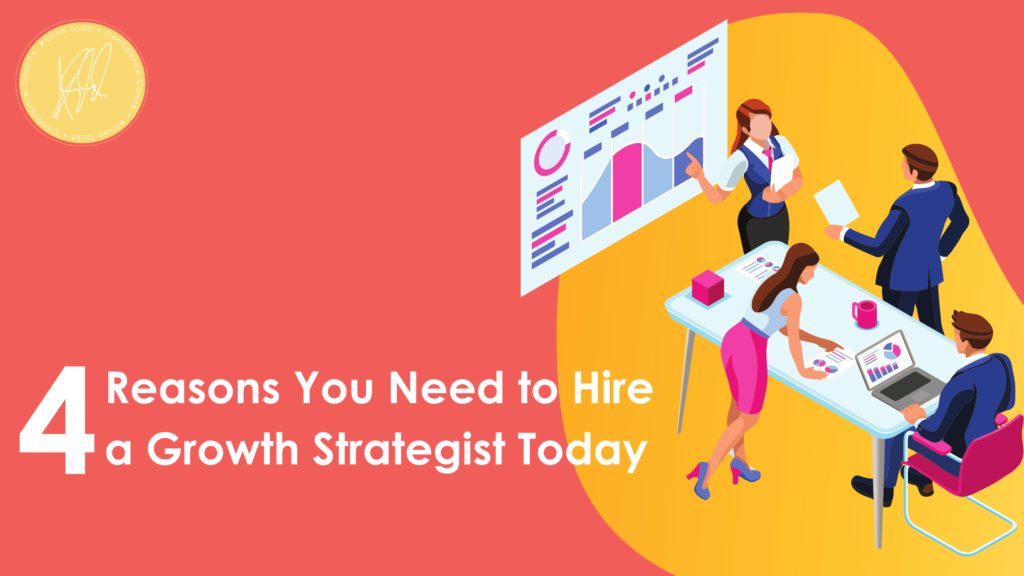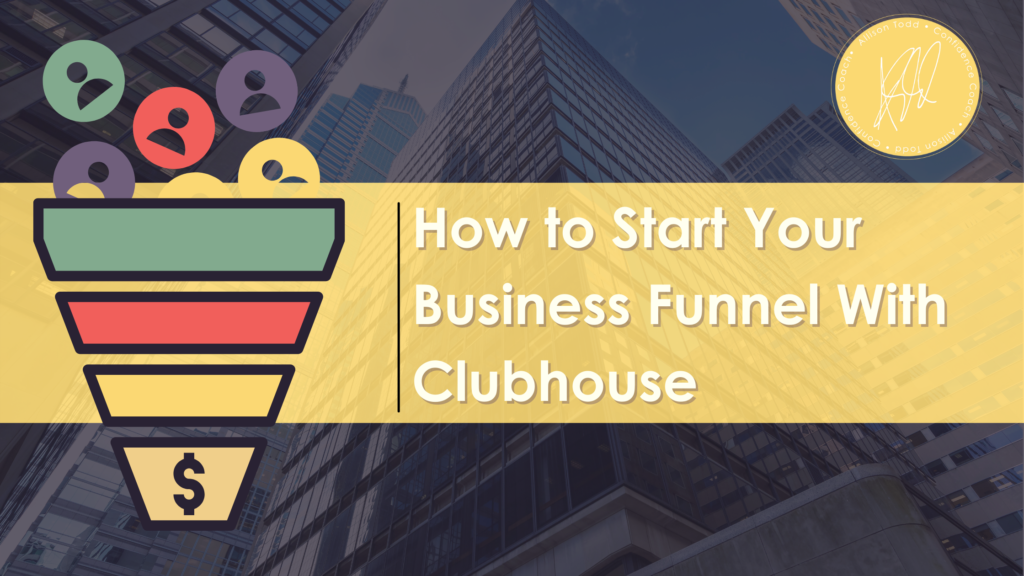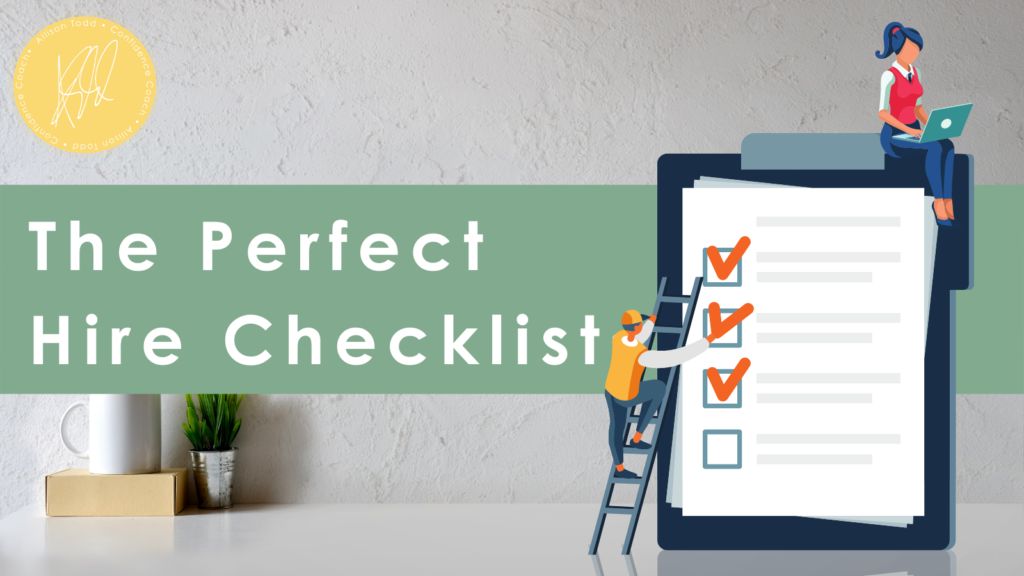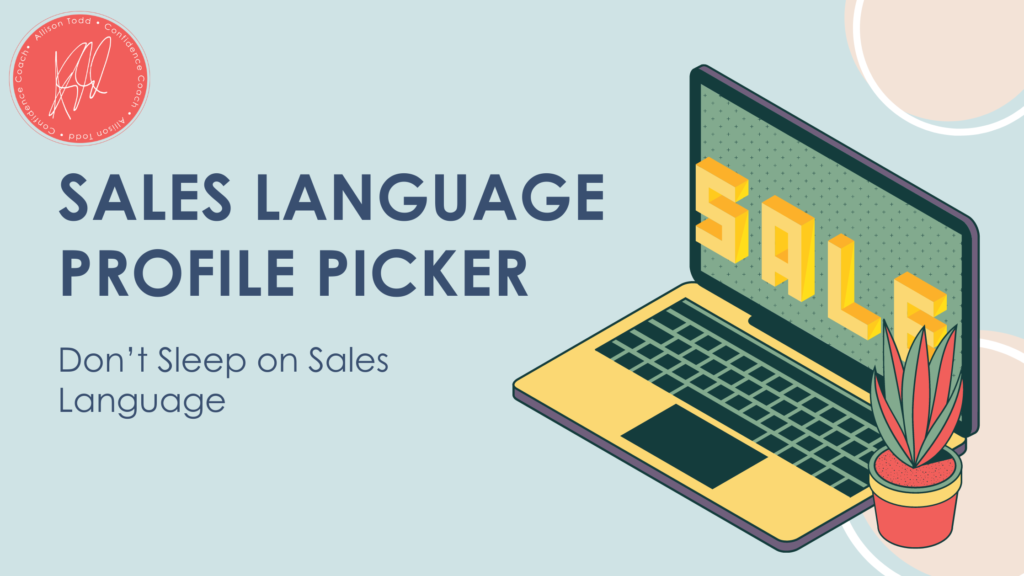The Lean Growth & Scale Plan by Coach Allison Todd
- 1. How To Grow Your Brand Without Losing Its Voice Or Values
- 2. The Simple Way To Grow Your Brand Without Losing Touch With Your Values
- 3. Don’t Focus On Brand Growth Without Reading These Essential Tips First
Want to grow your brand but struggling to figure out the best way to go about it? Developing and expanding your business should be an exciting time. But often, information overwhelm turns it into a stressful one.
By getting back to the basics of who you are and what you want your brand to stand for, you can create a growth strategy that feels authentic and real—two things customers love.
Sometimes Less Is More
These days we want everything all at once. When it comes to business, this translates into developing a blog, building up social media, starting a podcast, creating a YouTube channel, and writing a book.
It’s easy to convince yourself that you need all the bells, whistles, and TikTok followers to be successful online. But ditching some of the “clutter” will help you focus.
Growth by subtraction helps business owners zero in on the areas they want to develop.By taking some of these plans away and focusing on one step at a time, your business will grow at a steady rate.
Make Technology Is Your Friend—Use It Effectively
There many intuitive tools and platforms out there that can help your business. But not all of them will suit your business needs. So choose the software wisely by only using technology that:
- – Segments leads and customers so you can create highly targeted marketing content and campaigns.
- – Measures prospect engagement with your website and marketing campaigns to focus resources on those prospects showing “buying signals.”
- – Generates leads with premium content offers embedded on your website and marketing content.
- – Tracks your sales activity and follow-ups with CRM software.
- – Manages and monitors your sales pipeline to keep you on track towards your business goals.
Tech makes growing a business easier if it fits. It should never make life more difficult.
Turn Your Website Into Your Online Sales Guru
Humans ask Google a LOT of questions. So if you want to get discovered online, invest in a decent website. Make sure it has strong SEO and the copy and content are well written.
To grow a business, it’s not enough to leave a website to stagnate. It needs to be updated regularly and checked using online analytics tools. If it’s not working, figure out why and make it right.
Mix It Up With A Variety Of Marketing Channels
Cold-pitching may have worked 10 years ago, but unless you’re at the top of your game on how to cold-pitch, it’s a limited marketing strategy.
And when it comes to blogs, writing generic listicles bombarded with CTAs and hoping they’re going to bring in leads isn’t going to work. Get creative with your blogs, mix it up with education, entertainment and value (hey, just like this one.)
Evolve your business development approach to keep up with the evolution of the buying process.
Embrace Video Marketing
Cisco predicts that “by 2022, online videos will make up more than 82% of all consumer internet traffic — 15 times higher than it was in 2017.”
Miss out on video, and you’re missing out on a HUGE number of marketing opportunities.
Not a fan of being on camera? Good news. Not all videos have to feature you. They can be:
- – Tutorial videos
- – Case studies
- – Customer support and how-to videos
- – Social media posts like reels and IGTV
Get Yourself A Business Coach And A Supportive Community
Business can be a lonely old world sometimes, especially if you’re the one at the top making all the decisions.
Reaching out and joining a community of other entrepreneurs provides a system of support. And hiring a business coach shows your keen to invest in yourself and your business.
The Business Growth 90-Day Plan is an effective way to boost your brand without losing its integrity. Click here to learn more and discover if it is a good fit for your business.















